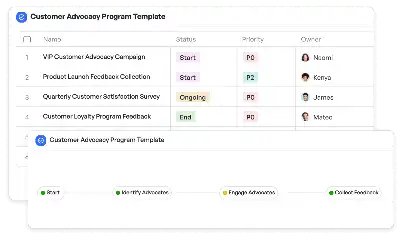Embedded Systems Integration Workflow
Achieve project success with the Embedded Systems Integration Workflow today!

What is Embedded Systems Integration Workflow?
Embedded Systems Integration Workflow refers to the structured process of combining hardware and software components into a cohesive embedded system. This workflow is critical in industries such as automotive, healthcare, and consumer electronics, where embedded systems play a pivotal role. The process involves defining system requirements, integrating hardware and software, testing for functionality, and optimizing performance. For example, in the automotive industry, this workflow ensures that electronic control units (ECUs) communicate seamlessly with sensors and actuators, enabling advanced features like adaptive cruise control. The importance of this workflow lies in its ability to ensure reliability, efficiency, and scalability in complex systems, which are essential for meeting industry standards and user expectations.
Try this template now
Who is this Embedded Systems Integration Workflow Template for?
This template is designed for professionals and teams involved in the development and deployment of embedded systems. Typical users include system architects, hardware engineers, software developers, and quality assurance teams. For instance, a system architect can use this workflow to outline the integration process, while hardware engineers focus on assembling physical components. Software developers can ensure that the code interacts seamlessly with the hardware, and QA teams can validate the system's performance. This template is particularly useful for industries like automotive, where multiple teams must collaborate to integrate ECUs, sensors, and actuators, or in healthcare, where medical devices require precise hardware-software synchronization.

Try this template now
Why use this Embedded Systems Integration Workflow?
The Embedded Systems Integration Workflow addresses specific challenges such as hardware-software compatibility, system reliability, and time-to-market pressures. For example, in the development of a smart home device, ensuring that the hardware components communicate effectively with the software is a common pain point. This workflow provides a clear roadmap for integration, reducing the risk of errors and ensuring that all components work harmoniously. Additionally, it facilitates early detection of issues during the testing phase, saving time and resources. By using this workflow, teams can achieve a higher level of system optimization, ensuring that the final product meets both functional and performance requirements.

Try this template now
Get Started with the Embedded Systems Integration Workflow
Follow these simple steps to get started with Meegle templates:
1. Click 'Get this Free Template Now' to sign up for Meegle.
2. After signing up, you will be redirected to the Embedded Systems Integration Workflow. Click 'Use this Template' to create a version of this template in your workspace.
3. Customize the workflow and fields of the template to suit your specific needs.
4. Start using the template and experience the full potential of Meegle!
Try this template now
Free forever for teams up to 20!
The world’s #1 visualized project management tool
Powered by the next gen visual workflow engine




